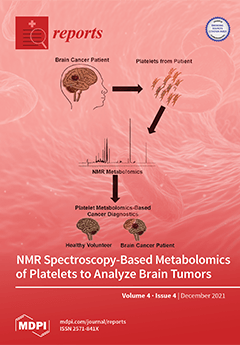The worldwide increase in nonalcoholic fatty liver disease (NAFLD) is a major public health problem. Obesity and diabetes are risk factors for NAFLD and the development of liver fibrosis is a risk factor for liver cancer. Periodontal disease bacteria can also exacerbate NAFLD. We previously reported that amazake, a traditional Japanese fermented food, improves the quality of life (QOL) of patients with liver cirrhosis. In this study, we investigated the effect of amazake intake on NAFLD patients with periodontal disease. Ten patients (mean age: 57.1 ± 19.2 years) consumed 100 g of amazake daily for 60 days. On days 0 and 60, their body mass index (BMI), body fat percentage, serum biochemical parameters, periodontal disease bacteria in saliva, and ten visual analog scales (VASs), namely, sense of abdomen distension, edema, fatigue, muscle cramps, loss of appetite, taste disorder, constipation, diarrhea, depression, and sleep disorder, were measured. For periodontal bacteria, the numbers of six types of bacteria in saliva (
Porphyromonas gingivalis,
Tannerella forsythia,
Treponema denticola,
Aggregatibacter actinomycetemcomitans,
Prevotella intermedia, and
Fusobacterium necleatum) and
P. gingivalis-specific
fimA genotype were determined. After 60 days of amazake consumption, eosinophils (
p < 0.05), immune reactive insulin (IRI) (
p < 0.01), and HOMA-IR (
p < 0.05) had significantly increased and tumor necrosis factor α (TNFα) (
p < 0.01), muscle cramps (
p < 0.05), and depression (
p < 0.05) had significantly decreased. All subjective symptoms improved after amazake intake. No change was observed in the periodontal bacteria. In conclusion, amazake significantly decreased TNFα and improved the QOL of the patients with NAFLD and periodontitis. However, caution should be exercised because amazake, which is manufactured using techniques that lead to concentrations of glucose from the saccharification of rice starch, may worsen glucose metabolism in NAFLD patients. Amazake may be an effective food for improving the symptoms of a fatty liver if energy intake is regulated.
Full article




